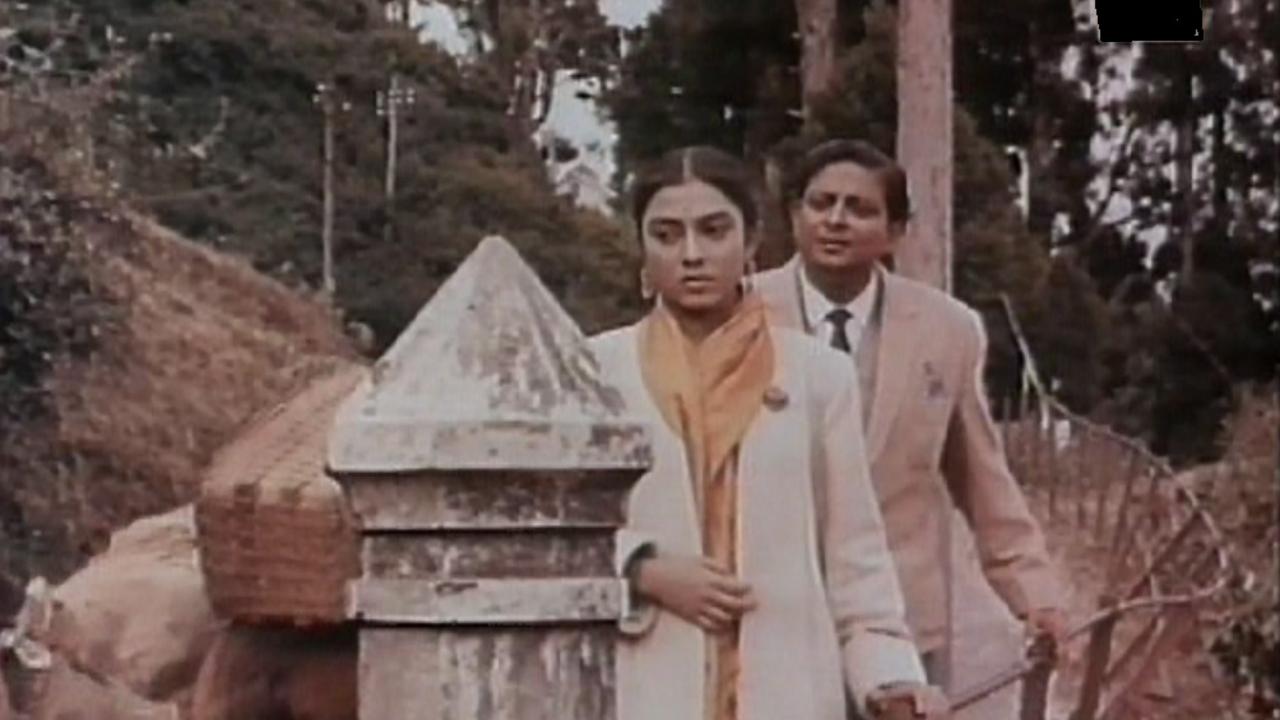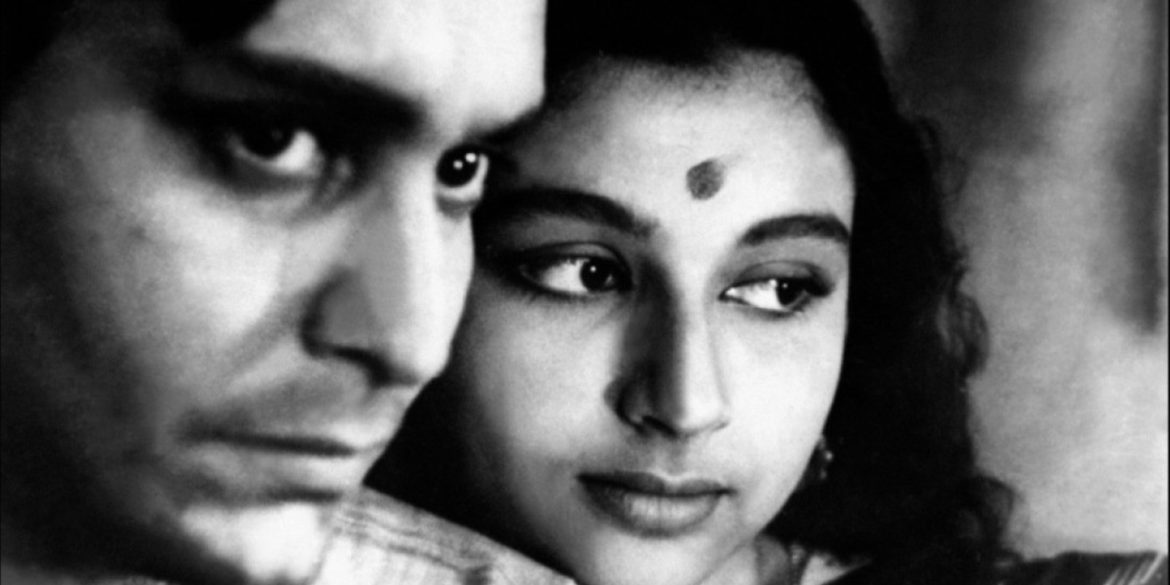For most revered mid-century filmmakers, noting that a particular film featured their first original screenplay and was their first in color would seem to guarantee it additional attention. Curiously, that’s not really the case for Satyajit Ray‘s Kanchenjungha (1962). A careful tapestry of small interactions set against a backdrop of physical grandeur and social change, it seems to get lost in the critical shuffle, functioning as a kind of way station between the narrative sweep of the first two entries in the Apu trilogy and the more refined, self-aware craftsmanship of The Big City and beyond.
Satyajit Ray
There are dozens upon dozens of indelible moments in Satyajit Ray’s Apu Trilogy that could be held up as emblematic of the glorious whole, its empathy and gentle wisdom. The three films – Pather Panchali (1955, and filmed over the course of the previous four years), Aparajito (1956), and The World of Apu (1959) – are awash in masterful touches, perfectly framed and naturalistically performed scenes, psychological depth, and haunting beauty.
The Big City, Indian master Satyajit Ray’s deeply feminist and empathetic 1963 depiction of a changing Calcutta, is nearly perfect in every way.
With nuanced performances, especially from the luminous Madhabi Mukherjee as Arati Mazumder and Anil Chatterjee as her wry, conflicted husband Subrata (Bhambal), and an effortless sense of place, custom, and the economic pressures that challenge tradition, the film is an utterly absorbing experience, by turns uplifting and heart-rending.



